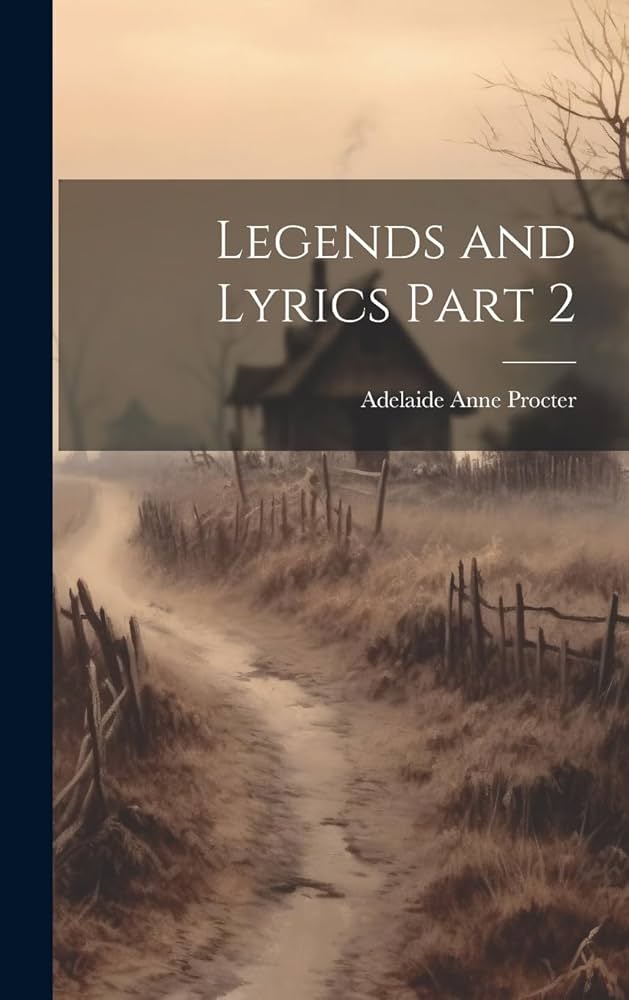VERSE: Light and Shade
byLight and Shade begins by recognizing the quiet strength in those who carry both joy and pain without complaint. Life is not a straight path of constant brightness, nor is it always shadowed. Instead, it unfolds in shifting tones—sunlight filtered through passing clouds. The poem invites readers to see this interplay not as confusion, but as richness. By embracing contrast, we learn how to feel more deeply, connect more honestly, and live more fully. What comforts one day may not work the next, yet that, too, is a form of growth.
Within this journey lies the deeper truth that each human life is bound to another. We do not struggle alone, nor do we celebrate in isolation. Every emotion we hold, every lesson we learn, creates a ripple that extends far beyond ourselves. The poem reminds us that belonging is not about sameness but shared experience. Whether in failure or triumph, our lives contribute to a collective story. And in that shared story, both light and shade have their place.
When storms strike—like the sudden bolt that shatters a tree—we are forced to see the sky in new ways. Pain opens something in us that comfort cannot reach. It asks us to see beyond the visible, to listen for meanings hidden behind grief. The poem does not glorify suffering but suggests it can be meaningful. Moments of despair, though heavy, often clear the air for unexpected insight. They peel away the illusion of permanence and show us what truly matters.
This perspective urges us to let go of judging our lives by success alone. A setback is not just a delay; it can be a turning point. What seems like a mistake might be part of a larger rhythm—a harmony we cannot yet hear. In this framework, loss becomes not an end, but a verse in a longer song. Through every broken note, we edge closer to a melody only time can reveal. By understanding this, we soften into acceptance and begin to trust life’s deeper logic.
The poem doesn’t demand blind optimism. It encourages reflection—a careful attention to the ways our own experiences mirror those of others. It asks us to be both honest and hopeful. To see failure not as shame, but as a path that still belongs. To remember that every life, however imperfect, contributes to a greater wholeness. Even when we feel invisible or insignificant, we matter in unseen ways.
At its core, Light and Shade reminds us that contrast is not chaos—it is necessary. Without it, we could not recognize the shape of things, the contour of meaning. Just as light defines a shadow, sorrow gives form to joy. Our lives are sketches filled in by every experience, not just the beautiful ones. And those jagged lines, those rough patches, give depth and character to who we are becoming.
Readers are encouraged to carry this truth gently. Life’s value cannot be measured in brief moments of pleasure or pain. Instead, it’s the whole arc—the rise, the fall, the in-between—that tells the real story. Sometimes we must sit with darkness to fully recognize the light. And sometimes, it is in the shade that we find the softest truths.
In the end, the poem doesn’t promise easy answers. But it offers something stronger: perspective. A way to hold life’s complexity with grace. It invites us to imagine that the meaning of our existence may only be fully seen from a distance—like a tapestry that makes sense only when viewed as a whole. And in that view, every thread counts. Every moment, whether bright or dim, finds its place in something profoundly complete.

